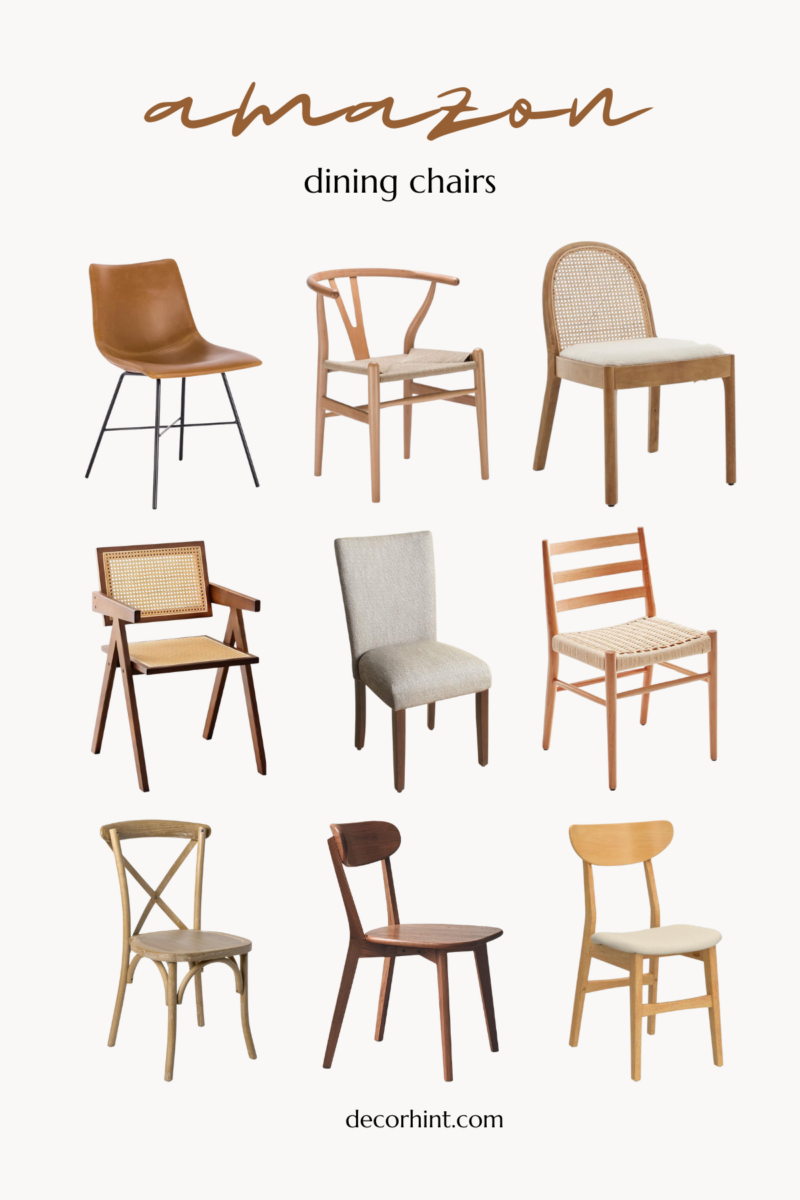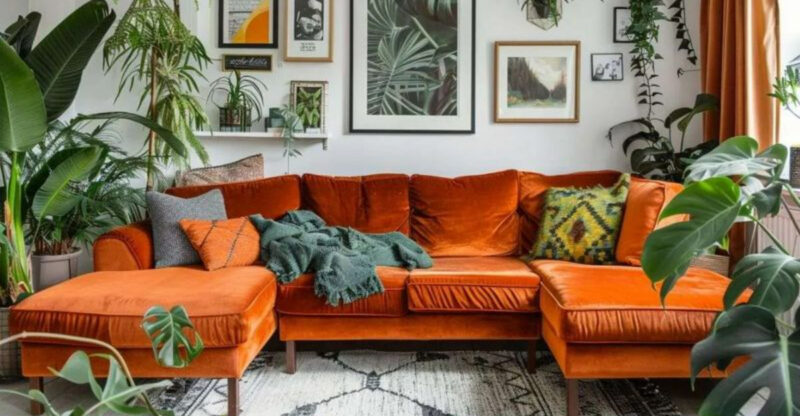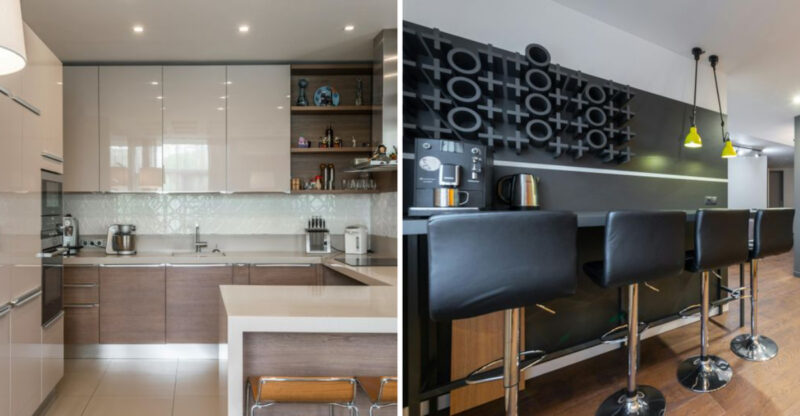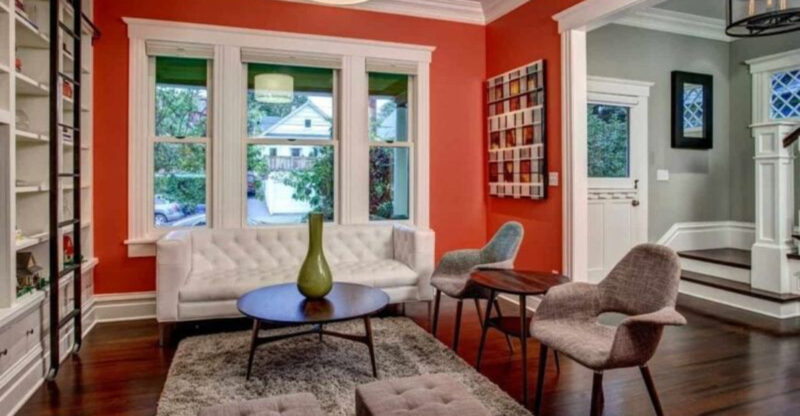11 Sofa Styling Tricks For A Perfectly Put-Together Living Room
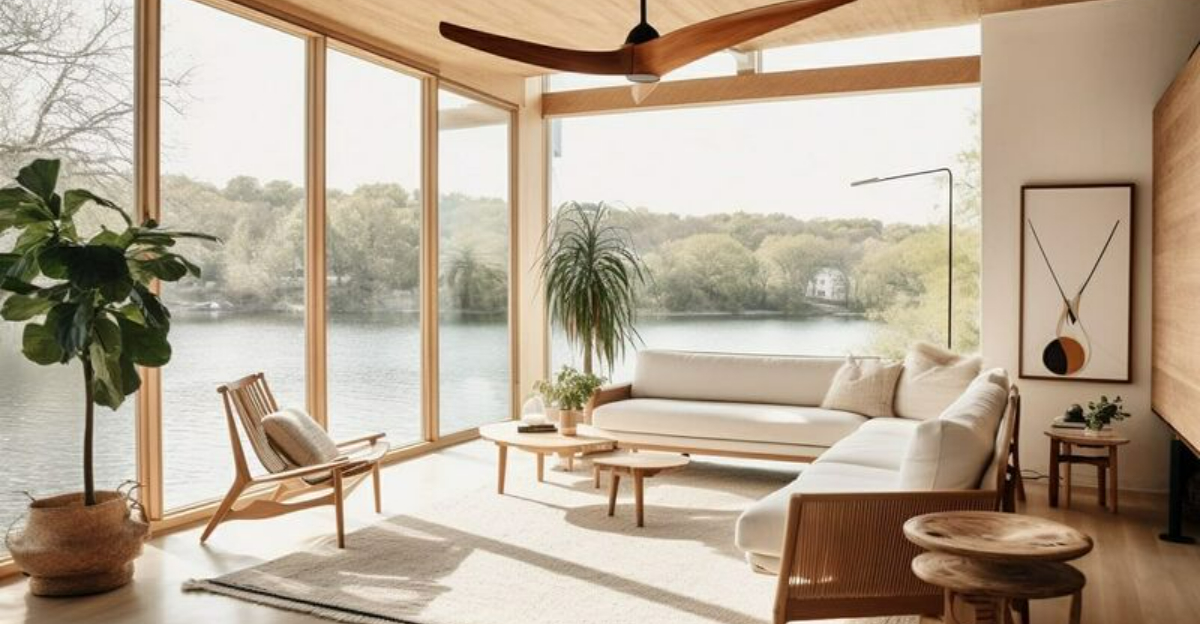
Your sofa is the star of your living room, but styling it right can be tricky. I’ve learned that a few thoughtful touches can transform an ordinary couch into a magazine-worthy centerpiece.
These simple styling tricks will help you create a living room that feels both polished and comfortable – no interior designer required!
1. Mix and Match Pillows
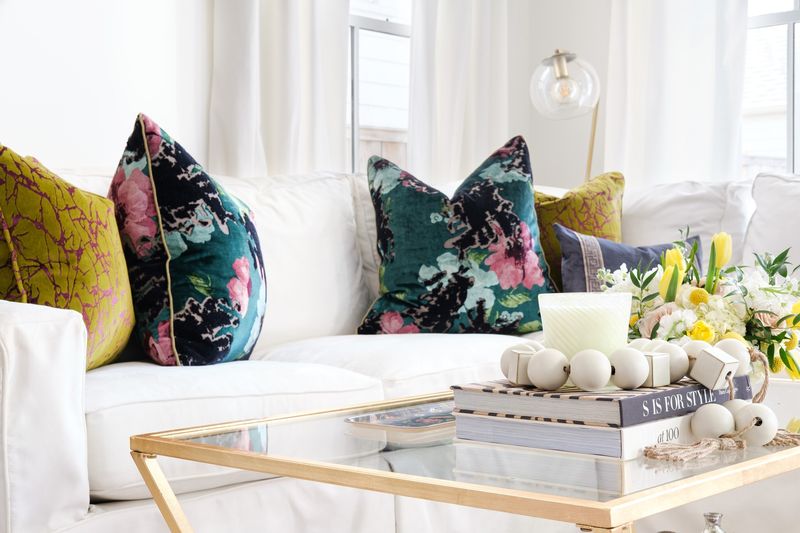
Playing with different pillow combinations creates instant visual interest on your sofa. I recommend starting with two larger pillows (20-24 inches) in the corners, then adding smaller ones (18-20 inches) in complementary colors or patterns.
For a designer look, try this formula: two matching solid pillows + two matching patterned pillows + one statement pillow in the center. Don’t be afraid to mix textures too – velvet, linen, and knits look amazing together!
2. Layer With Throw Blankets
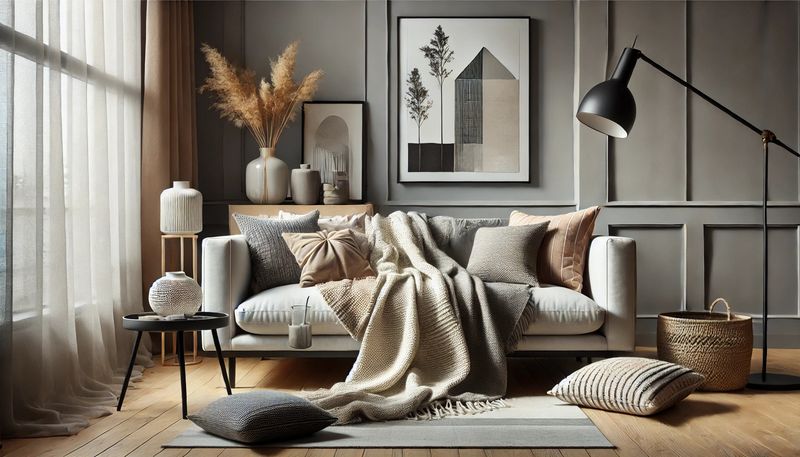
Nothing says ‘cozy but stylish’ like a perfectly draped throw blanket. The secret is in the casual fold – I never just spread it flat across the sofa. Instead, I drape it over one corner or the sofa arm, letting it cascade naturally.
Choose throws in textures that contrast with your sofa fabric. A chunky knit blanket looks stunning against smooth leather, while a silky throw adds elegance to a tweed couch. Seasonal switches keep your space feeling fresh year-round.
3. Create a Symmetrical Base
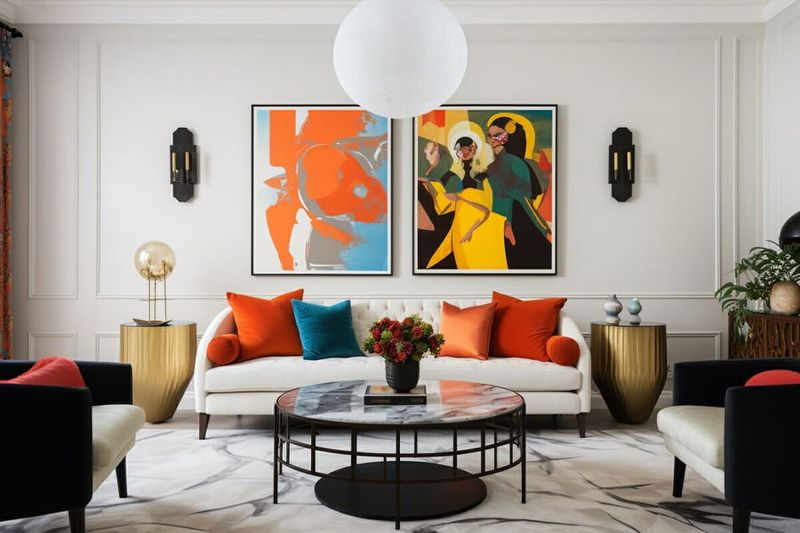
My favorite designer secret is starting with symmetry before adding personality. Begin by placing matching pillows at each end of your sofa to create a balanced foundation. This instantly makes your arrangement look intentional rather than haphazard.
From there, you can build inward with different shapes and sizes. The symmetrical base tricks the eye into seeing order, even when you add more eclectic elements later. It’s like having your cake and eating it too – both organized and interesting!
4. Add a Tray for Style and Function
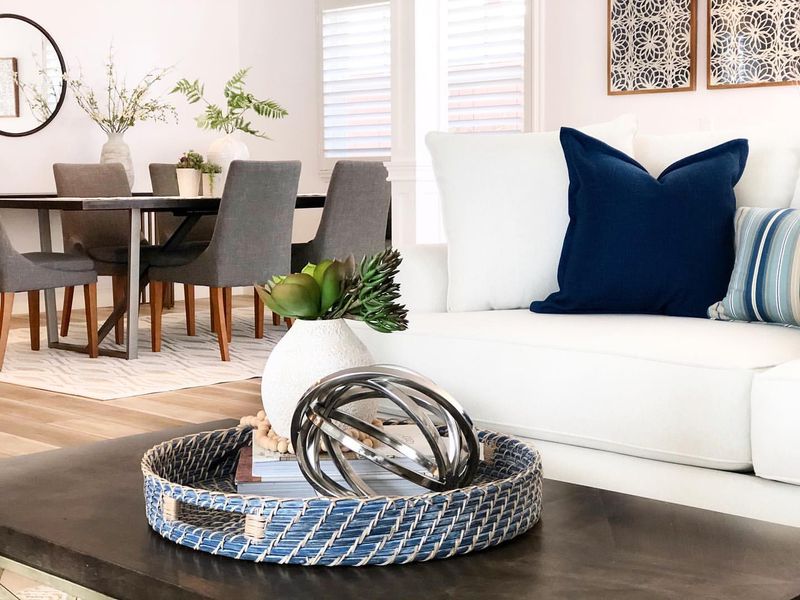
A decorative tray transforms your sofa arm or ottoman into a mini side table. I use mine to corral remotes, hold drinks, or display small decorative objects that would otherwise look cluttered.
The key is choosing a tray that complements your room’s style. Wooden trays bring warmth to modern spaces, while metallic finishes add glamour. For extra style points, add a small vase with fresh flowers or a scented candle. This tiny styling move packs major visual impact!
5. Play With Pillow Patterns
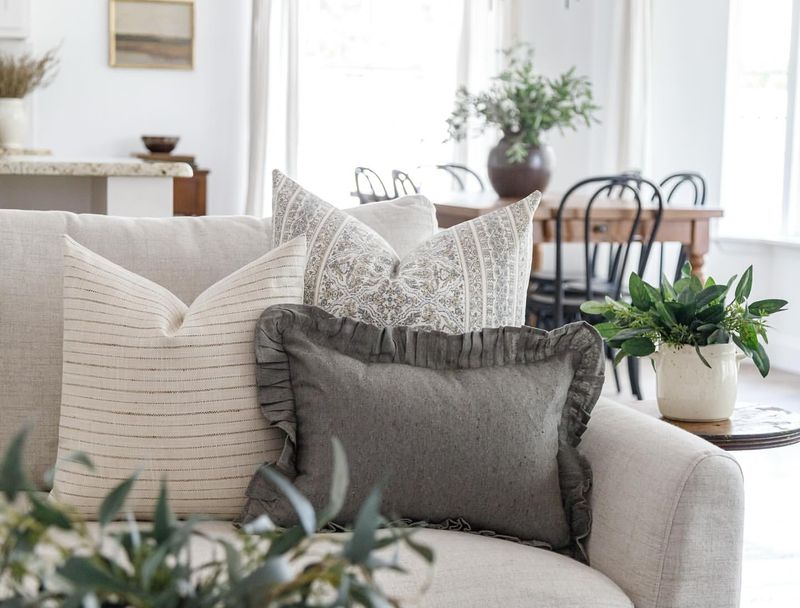
Mixing patterns isn’t as scary as it sounds! I follow a simple rule: vary the scale of patterns while keeping colors consistent. Pair a large floral with a small geometric print or thin stripes with wide checks – the contrast creates dynamic visual interest.
For foolproof pattern mixing, include at least one solid pillow as a visual rest point. And remember, odd numbers usually look more natural than even ones. Three or five pillows often create the most pleasing arrangement, letting your sofa breathe while still looking styled.
6. Consider the Rule of Thirds
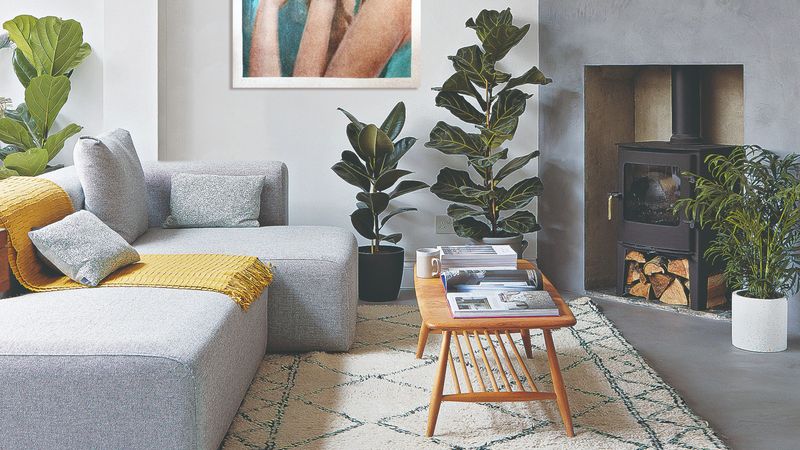
Professional designers often use the rule of thirds when styling sofas. I divide my sofa visually into three sections and ensure decorative elements are balanced across these zones. This prevents the common mistake of cramming all pillows to one side!
For a sectional, I treat each distinct section as its own styling zone. The corner usually needs special attention – either leave it empty for a cleaner look or make it a focal point with a statement pillow. This simple principle makes your arrangement look instantly more balanced.
7. Incorporate Seasonal Elements
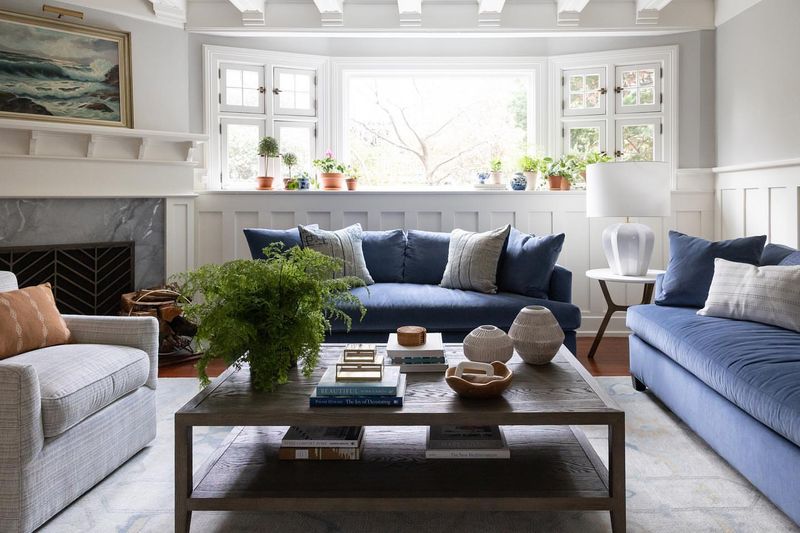
Refreshing your sofa’s look with the seasons keeps your space feeling current without major renovations. During summer, I swap in lightweight linens and bright colors. Fall calls for warmer tones and cozier textures like velvet or wool.
You don’t need to change everything – just switching out pillow covers and throws is enough! Keep a storage bin with seasonal options ready to go. This approach not only updates your space but also prevents wear and tear on your favorite pieces by rotating them throughout the year.
8. Balance Color and Texture
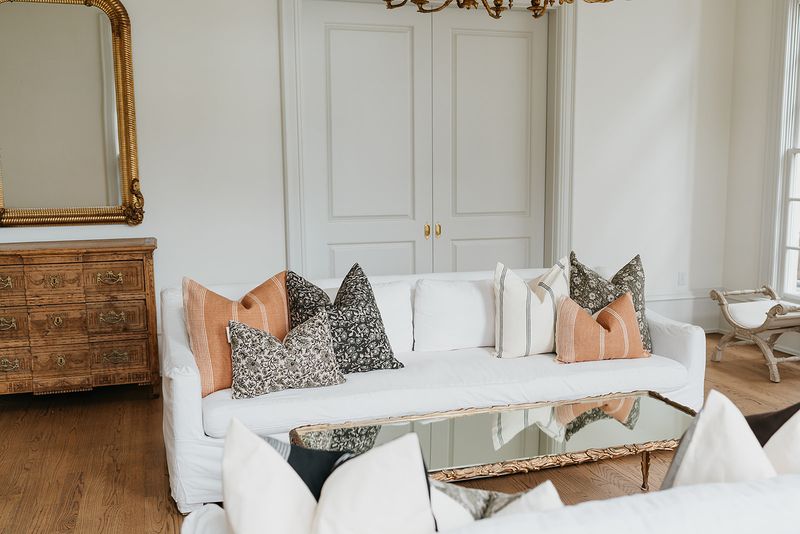
Even in neutral spaces, texture creates dimension that catches the eye. I love combining smooth silk pillows with nubby linen or adding fringe and tassels for playful movement. The tactile contrast makes even simple color schemes feel rich and layered.
When working with color, I follow the 60-30-10 rule: 60% dominant color (usually the sofa itself), 30% secondary color, and 10% accent color in your pillows and accessories. This formula creates a cohesive look while still allowing for personality. Your sofa will feel intentionally designed rather than randomly decorated.
9. Leave Breathing Room
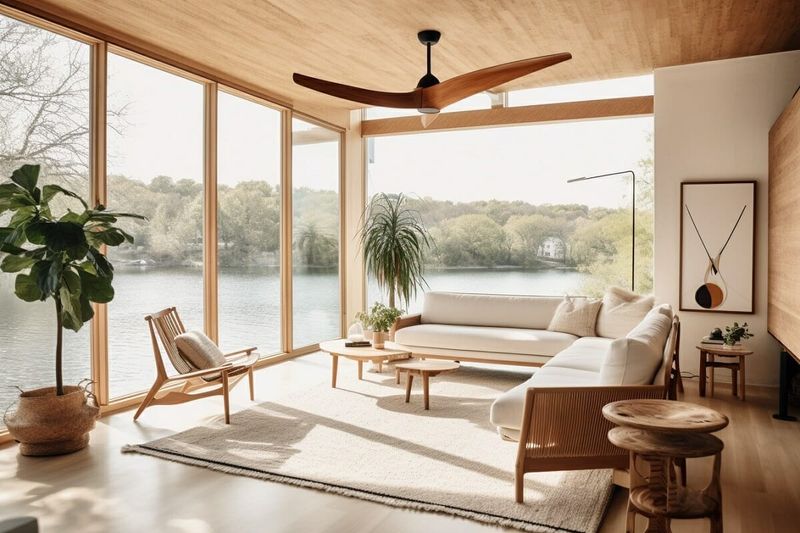
One of my biggest styling revelations was learning that negative space is just as important as decorative elements! Overcrowding your sofa makes even beautiful pillows look messy. I always leave about a third of my sofa visibly empty for a more sophisticated look.
This breathing room creates visual balance and actually makes your decorative items stand out more. Plus, it leaves comfortable space for people to actually sit down. Remember, a perfectly styled sofa should still be functional – beauty and comfort can absolutely coexist!
10. Layer Different Pillow Sizes
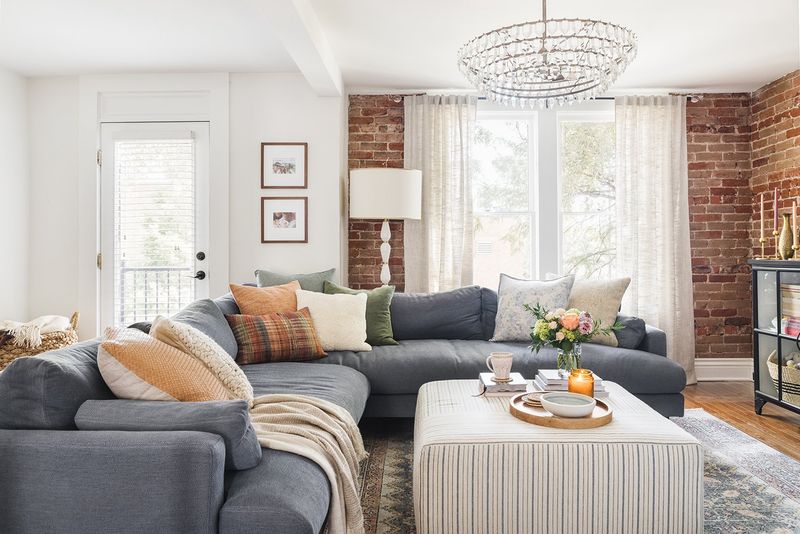
Size variation creates depth that catches the eye immediately. I start with larger pillows (22-24 inches) at the back corners, then layer medium pillows (20 inches) slightly forward, and finally add smaller accents (lumbar or round pillows) at the front.
This dimensional approach prevents the flat, uniform look that screams ‘amateur decorator.’ For a king-sized sofa, I might use up to seven pillows in varying sizes. On a loveseat, three different-sized pillows create perfect proportion. The key is creating a natural progression from large to small.
11. Coordinate With Your Coffee Table
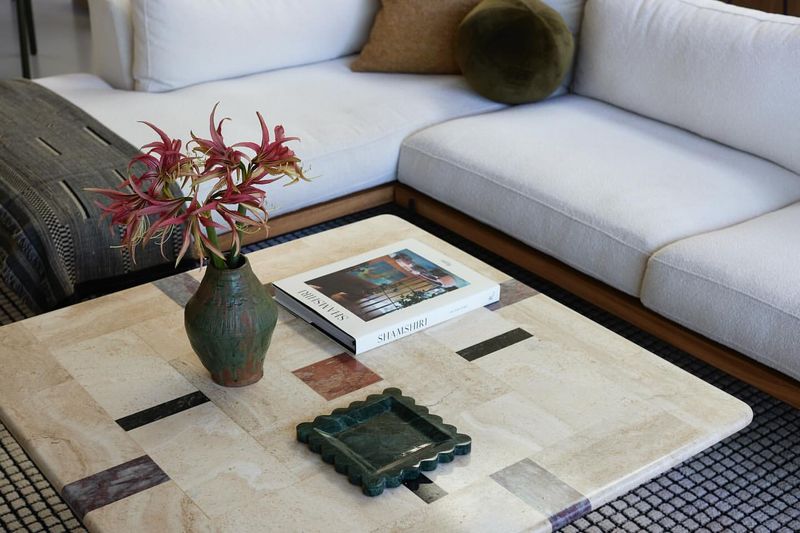
Your sofa styling should always have a conversation with your coffee table decor. I pick up colors or materials from my sofa accessories and echo them in my coffee table vignette. This creates a cohesive look that ties the whole seating area together.
If I’ve used brass accents in my throw pillows, I’ll include a brass object on my coffee table. Or if my sofa features blue tones, I might place blue-spined books on display nearby. These subtle connections create flow that makes your entire living room feel thoughtfully designed rather than decorated in isolation.

